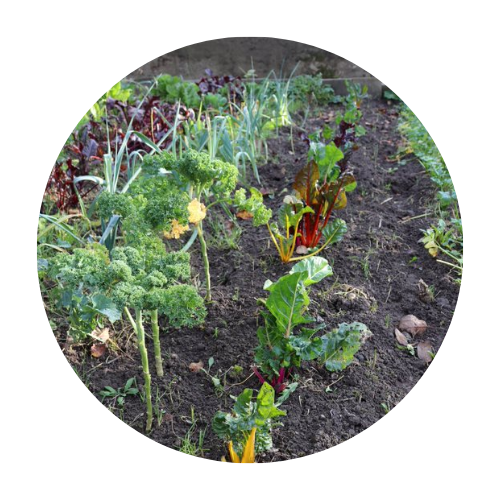Emma remembers: “Frida always said, a walnut tree gives 100 years of shade and 100 years of fruit.” – In many old European farmyards, a black walnut tree was planted when a child was born. More than shade, the black walnut tree harvest was a promise of food, wisdom, and protection that carried families through generations.
Today, we still honor its gifts – from learning how to harvest black walnut without staining your hands, to exploring the health benefits of walnut oil for heart and skin, to enjoying easy walnut recipes healthy for everyday meals.
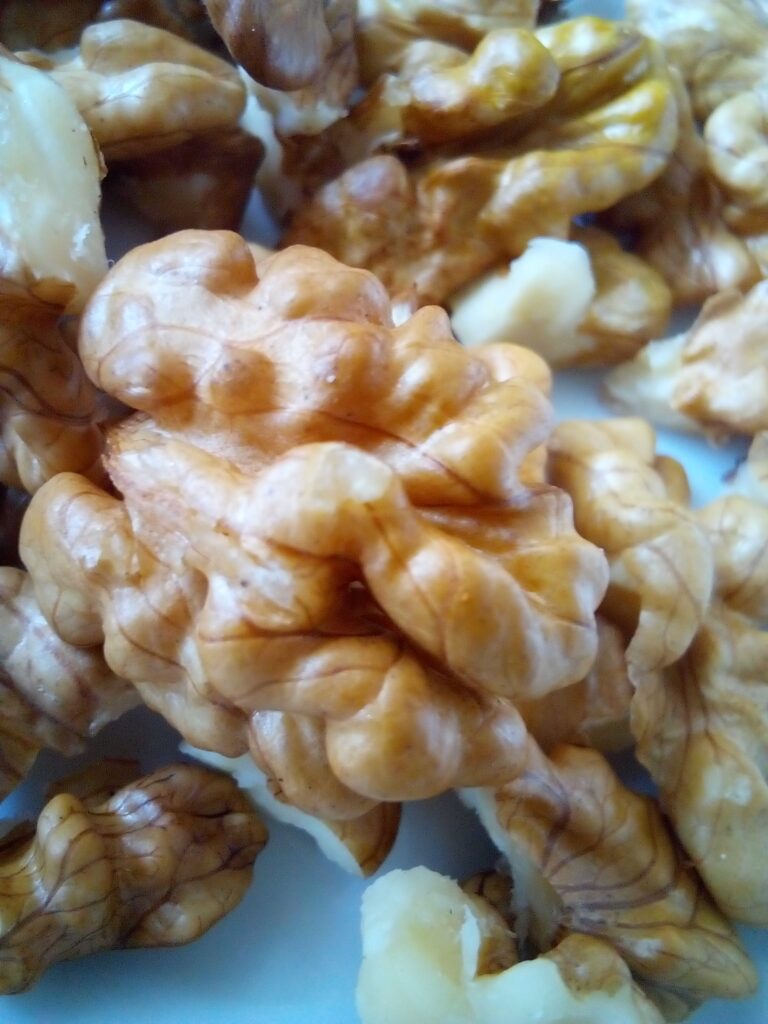
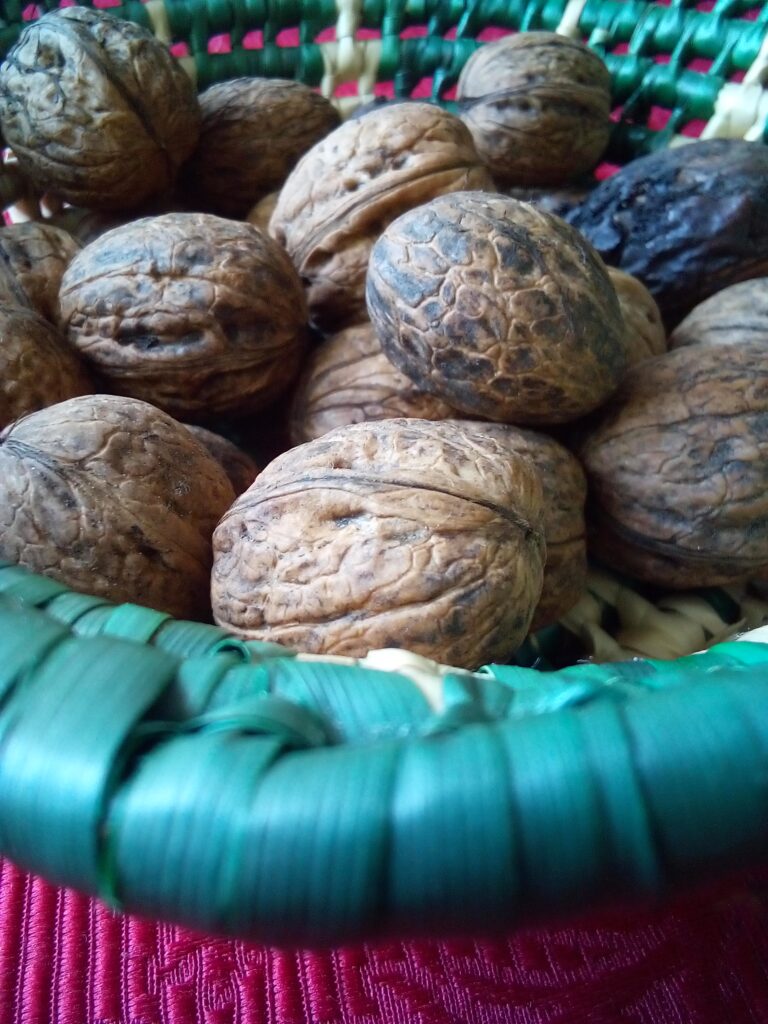
Why Every Garden Needs a Black Walnut Tree
A black walnut tree is more than a piece of shade in summer. It carries stories, strength, and survival. Farmers once believed it protected the home, and science now confirms what Frida always knew: walnuts are rich in protein, healthy fats, and minerals. They are small powerhouses that can carry a family through hard times.
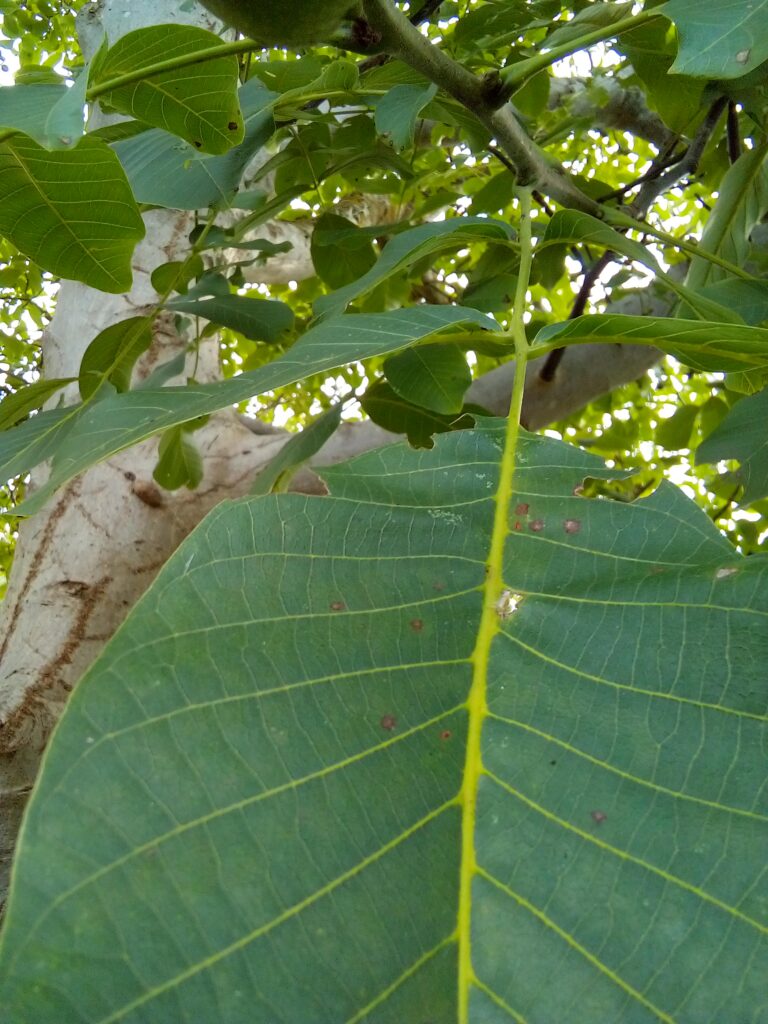
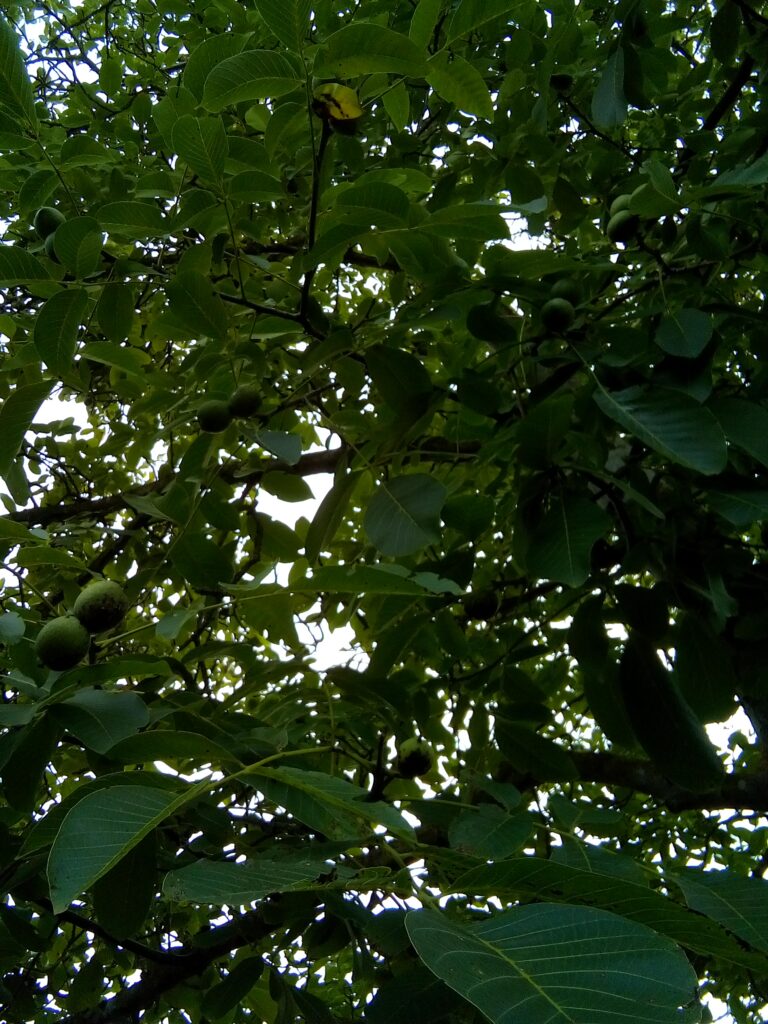
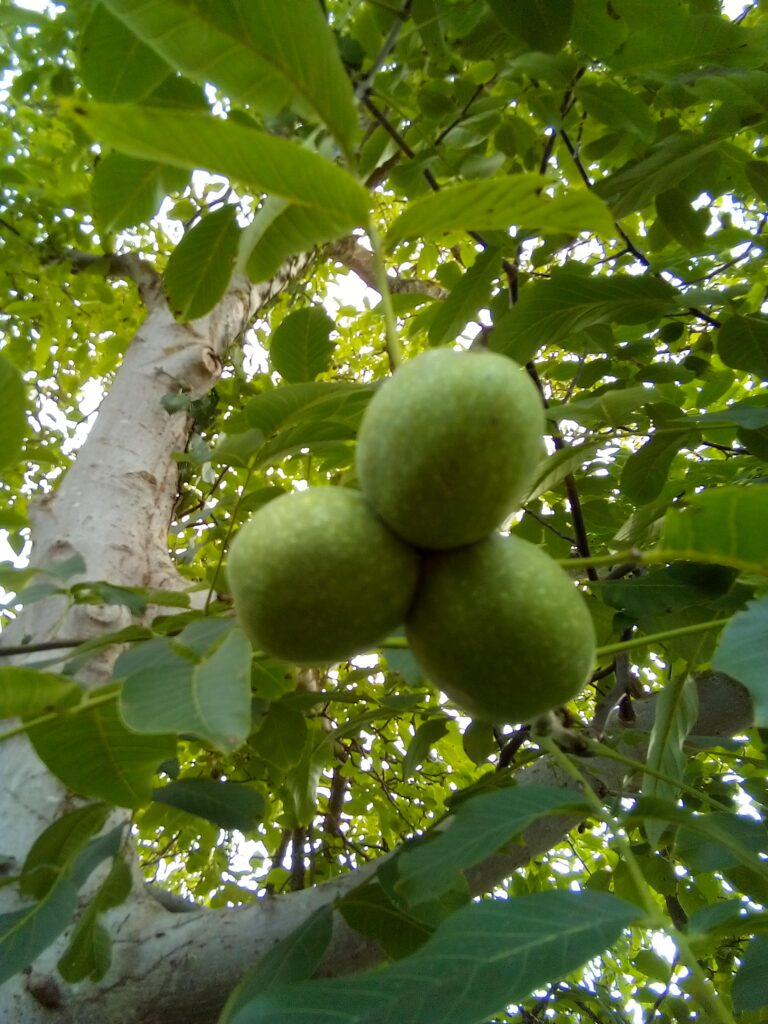
Nutritional Value of Walnuts
Cracking a walnut feels like opening a treasure chest. Studies show that these little nuts pack serious benefits:
- Omega-3 fatty acids (ALA) help lower inflammation and support heart health (Fan et al., 2023).
- Polyphenols and antioxidants, like ellagitannins and vitamin E, protect cells and keep the gut microbiome balanced (Fan et al., 2023; Rusu et al., 2020).
- Minerals and vitamins – magnesium, potassium, folate, and fiber – improve overall diet quality even with small daily amounts (Spence et al., 2023).
No wonder there are so many walnut recipes healthy. They fit perfectly into a plant-based kitchen and keep you satisfied without weighing you down.
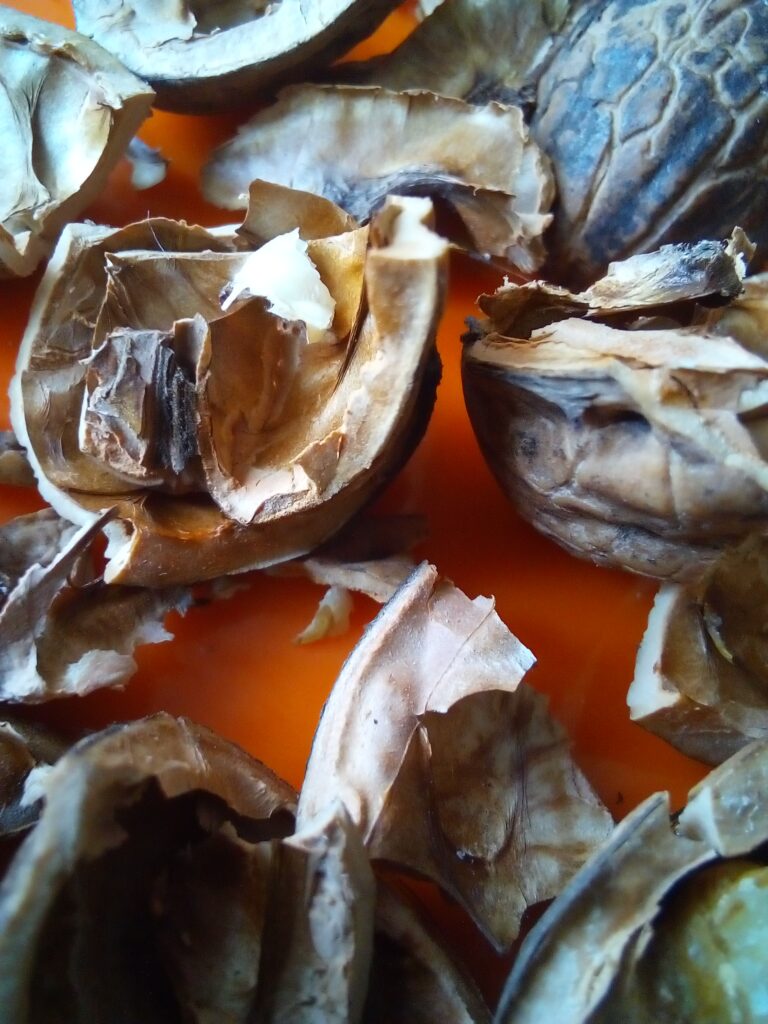
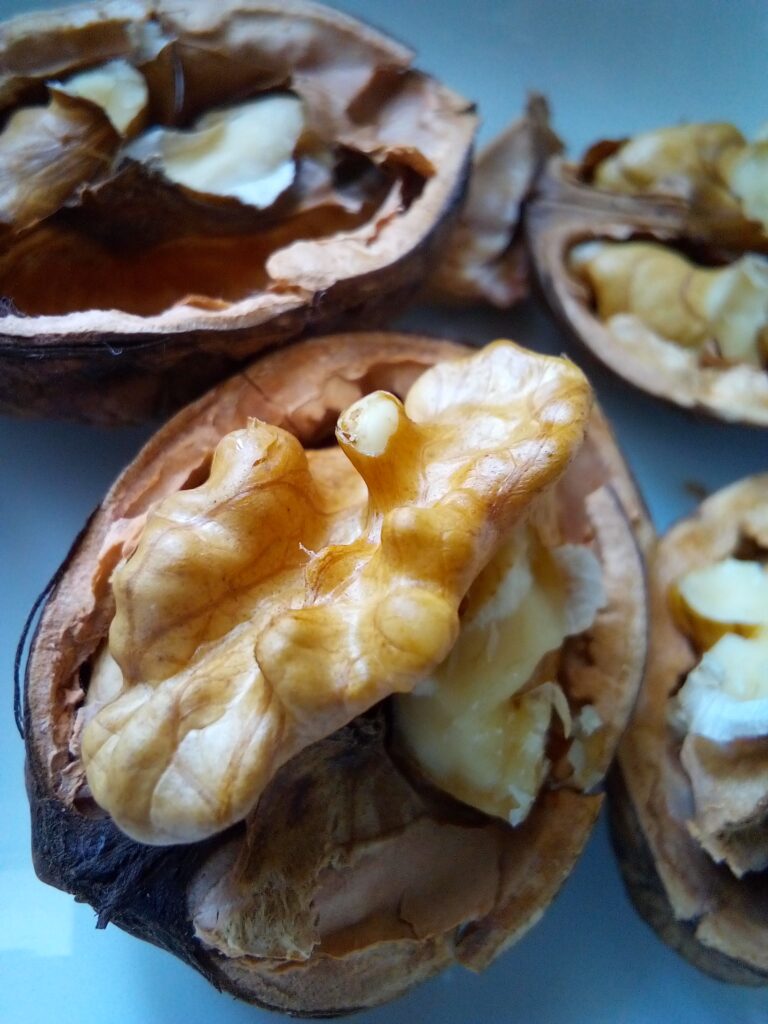
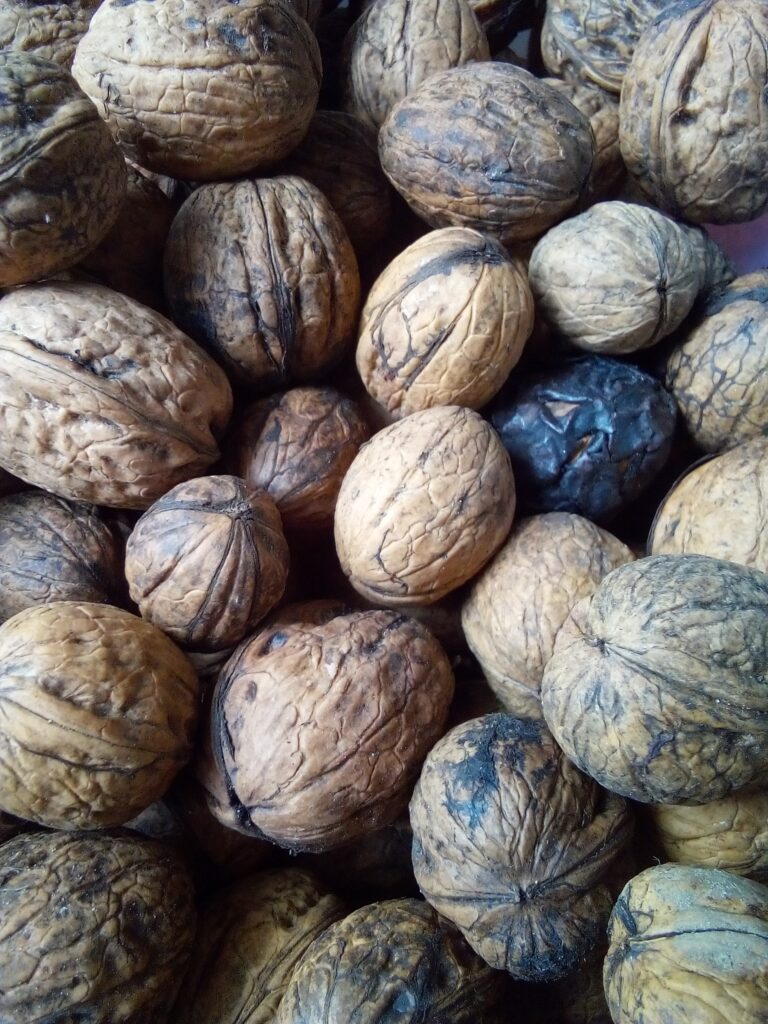
Health Benefits of Walnut Oil for Heart and Skin
Not everyone has space for a towering black walnut tree in their backyard. Emma often tells her city friends with a smile: “You don’t need a tree in your garden to taste its wisdom. Sometimes a little bottle is enough.”
That little bottle is walnut oil – cold-pressed from the kernels and rich in concentrated nutrients:
- High in Omega-3 fatty acids (ALA) for cardiovascular support.
- Full of vitamin E, protecting skin and cells.
- Loaded with polyphenols, which help reduce inflammation and keep arteries flexible.
Clinical trials suggest walnuts – and likely walnut oil – can improve endothelial function, meaning healthier, more elastic blood vessels. In one study, people with type 2 diabetes who ate walnuts daily showed improved blood flow and cholesterol markers (Ma et al., 2009).
If you do not have your own harvest, choose organic walnut oil, raw and cold-pressed. Gentle pressing preserves fragile Omega-3s and antioxidants. For an easy start, you might try a kitchen-friendly option such as Walnut Oil 8 (Cold Pressed 100% Pure Natural), sold by Plant Guru on Amazon. It comes in a glass bottle, is unrefined and cold-pressed, and while often loved for skin, body, and hair care, it can also be used in small amounts to finish cold dishes or salad dressings.
Always check the label to make sure your walnut oil is unrefined and cold-pressed so the nutrients remain intact.
Best Way to Use Walnut Oil in Salad Dressings and Daily Cooking
- Keep it raw – heat destroys delicate nutrients.
- Whisk into salad dressings, drizzle over steamed vegetables, or stir into pesto.
- Even one tablespoon a day adds a healthy boost.
Frida would have whispered:
“A spoonful of walnut oil is like sunlight flowing through your veins.”
How to Harvest Black Walnut the Right Way
The black walnut tree (Juglans nigra) is known for its thick green husks and tough shells. Here is how to harvest black walnut step by step:
- Timing: Gather nuts as soon as they drop naturally.
- Husking: Wear gloves – husks will stain your hands dark.
- Drying: Spread the nuts in a cool, airy spot until shells harden.
- Cracking: These shells are tough. A heavy-duty nutcracker or even a vise will do the job.
That is the secret to a successful black walnut harvest.
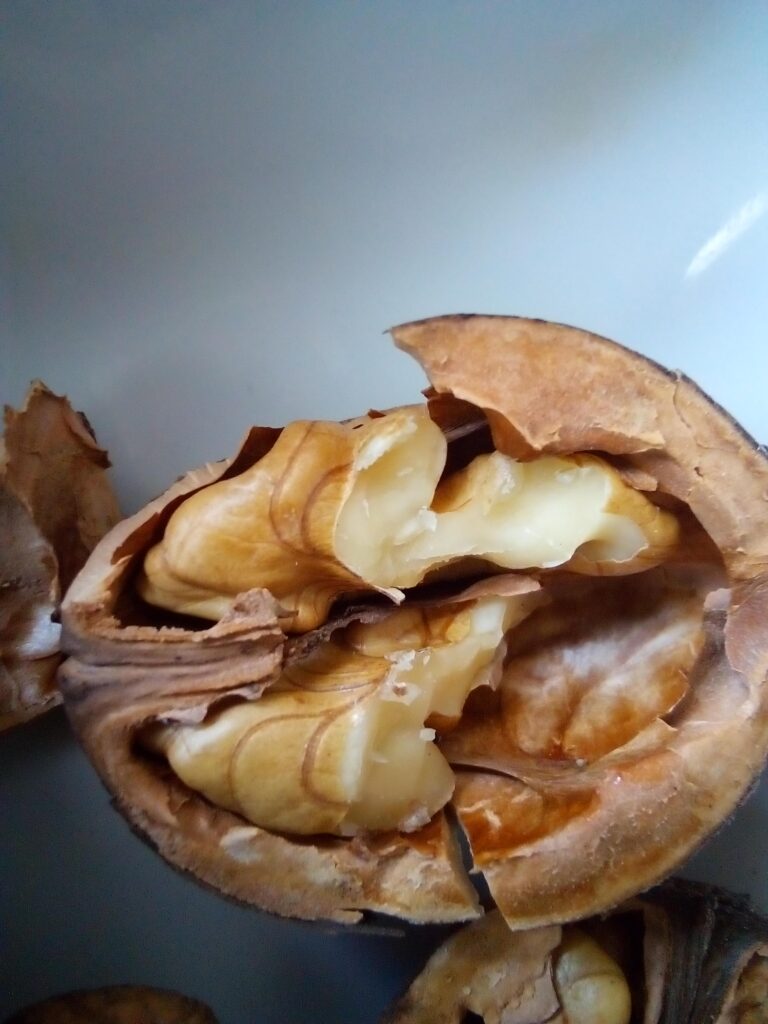
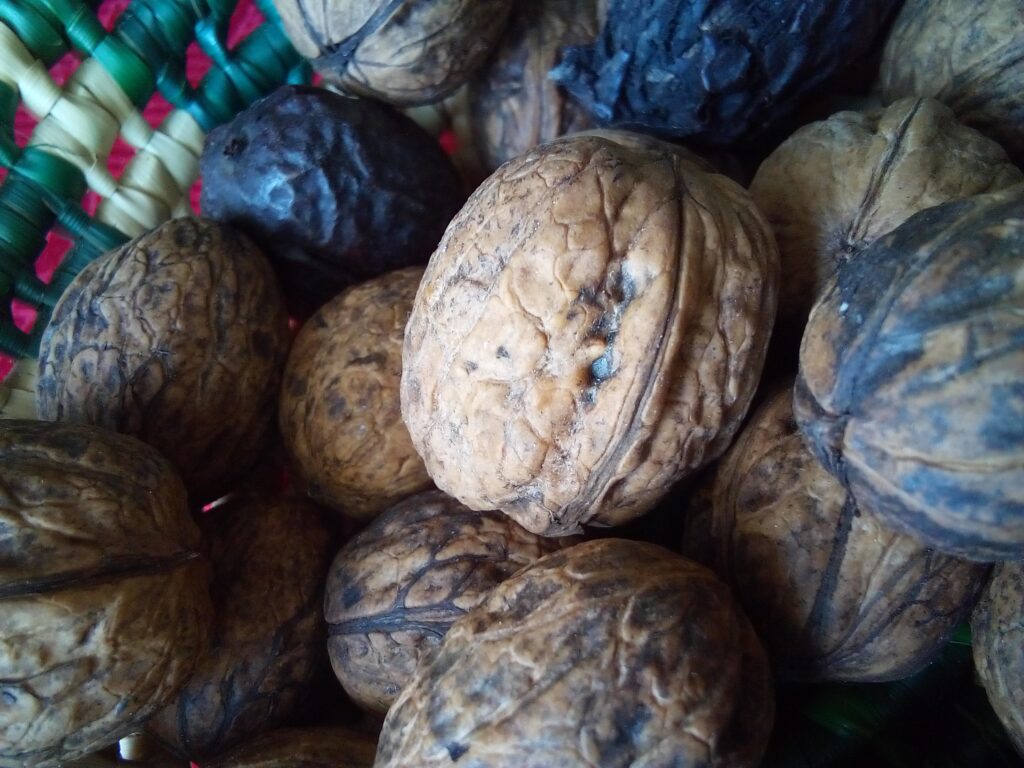
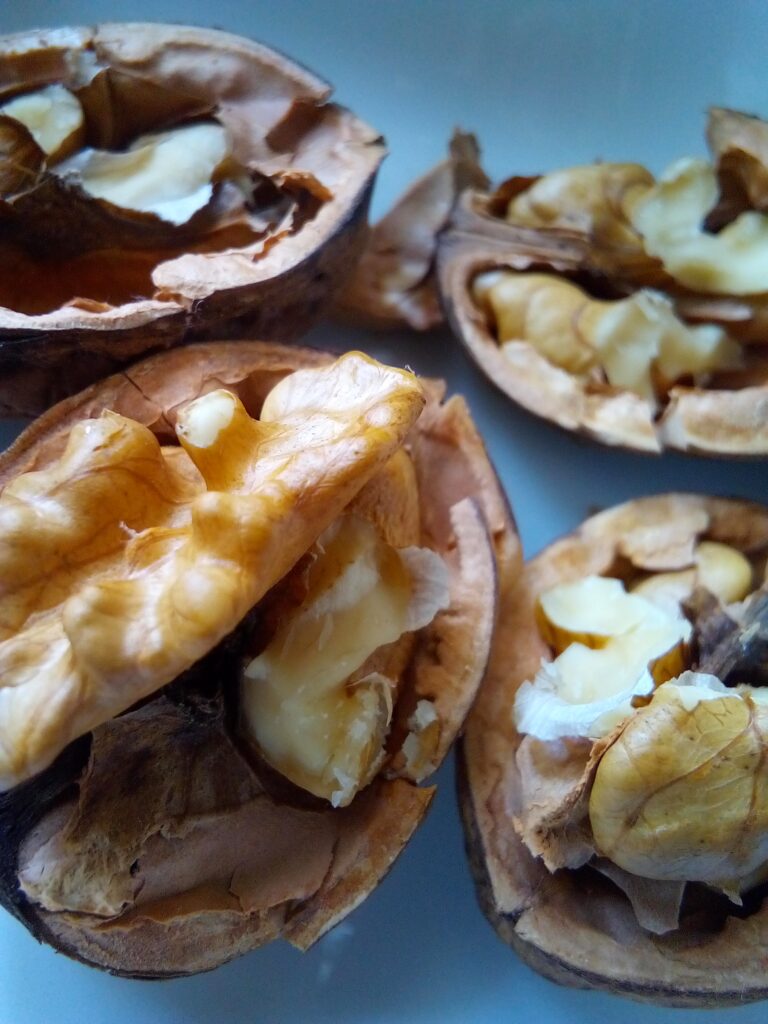
Easy Walnut Recipes Healthy for Everyday Meals
Frida used to bake walnuts into rich cakes for holidays. Today, we often reach for lighter everyday meals. Here are three walnut recipes healthy and easy:
- Walnut Energy Bars – oats, dates, and honey pressed into a tray.
- Walnut Pesto – swap pine nuts for walnuts, blended with basil and olive oil.
- Walnut Salad Topping – lightly roasted walnuts scattered over fresh greens.
Other ideas:
- a creamy walnut and banana smoothie for breakfast,
- overnight oats with walnuts and berries,
- a colorful beet and walnut salad recipe,
- a hearty walnut-crusted veggie loaf, or
- sweet walnut chocolate energy balls.
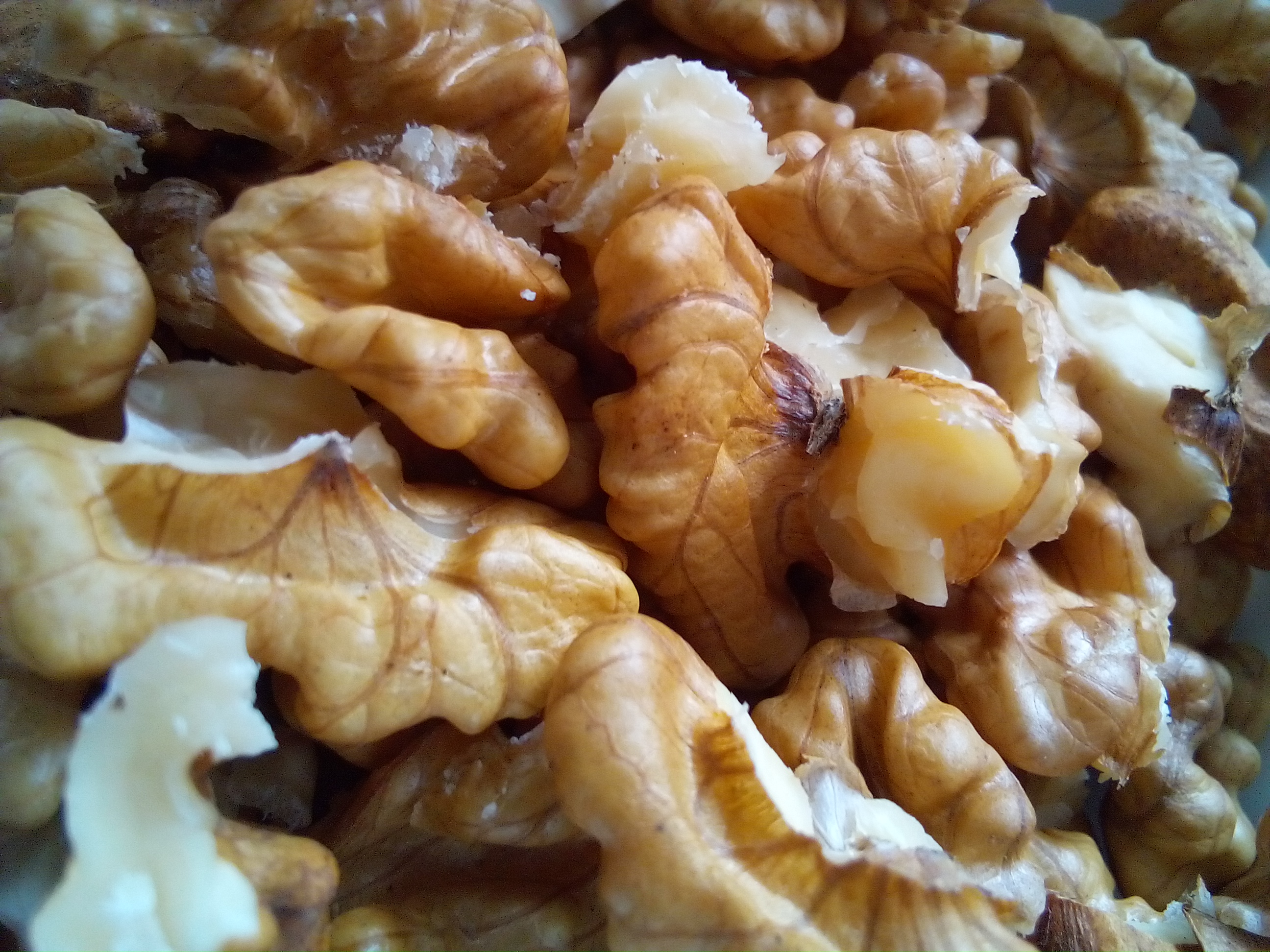
From Tradition to Today: The Gift of the Black Walnut Tree Harvest
The black walnut tree is a bridge – between folklore and modern science, between shade in summer and nourishing recipes in winter. From Frida’s wisdom to today’s clinical research, this tree continues to give.
If you plant a walnut tree today, remember: it will not just feed you. It will also feed your children and grandchildren. And if space is limited, even a spoon of walnut oil keeps you connected to its timeless strength.
FAQ
How do you harvest black walnut without staining your hands?
Wear gloves when husking the nuts, because the green outer husks release a dark pigment that stains skin. Collect nuts once they fall naturally, remove the husks with gloves, then dry the shells in a cool, airy spot.
What are the health benefits of walnut oil for heart and skin?
Cold-pressed walnut oil is rich in Omega-3 fatty acids, vitamin E, and polyphenols. These nutrients support cardiovascular health, reduce inflammation, and protect skin cells from oxidative stress.
What is the nutritional value of walnuts with omega 3 and antioxidants?
Walnuts contain alpha-linolenic acid (ALA), an essential Omega-3 fatty acid, plus antioxidants like ellagitannins and vitamin E. They also provide magnesium, potassium, folate, and dietary fiber, making them nutrient-dense even in small servings.
What is the best way to use walnut oil in salad dressings and daily cooking?
Keep walnut oil raw to preserve nutrients. Whisk it into salad dressings, drizzle it over steamed vegetables, or stir it into pesto. Avoid frying, as high heat destroys Omega-3s and antioxidants.
Are walnut recipes healthy for everyday meals?
Yes. Walnuts are nutrient-rich and versatile. Easy walnut recipes healthy for daily meals include energy bars with oats and dates, basil walnut pesto, roasted walnut salad toppings, beet and walnut salad, walnut and banana smoothies, and overnight oats with walnuts and berries.
References
Fan, N., Starowicz, M., Zielińska, D., Jakubczyk, A., & Zieliński, H. (2023). Antioxidant and anti-inflammatory properties of walnut (Juglans regia L.): A review of beneficial effects of walnut consumption on human health. Antioxidants, 12(4), 894. https://pmc.ncbi.nlm.nih.gov/articles/PMC10215340/
Spence, L. A., Edwards, C. G., Nebeling, L., & Sabaté, J. (2023). Adding walnuts to the usual diet can improve diet quality: Results of a randomized controlled trial in healthy adults. Nutrients, 15(2), 379. https://pmc.ncbi.nlm.nih.gov/articles/PMC9865599/
Rusu, M. E., Fizeșan, I., Pop, A., Gheldiu, A. M., Mocan, A., Crișan, G., & Vlase, L. (2020). Antioxidant effects of walnut (Juglans regia L.) kernel and septum extract in a D-galactose-induced aging model and naturally aged rats. Antioxidants, 9(6), 424. https://pmc.ncbi.nlm.nih.gov/articles/PMC7278598/
Ma, Y., Njike, V. Y., Millet, J., Dutta, S., Doughty, K., Treu, J. A., & Katz, D. L. (2009). Effects of walnut consumption on endothelial function in type 2 diabetic subjects: A randomized controlled crossover trial. Diabetes Care, 33(2), 227–232. https://pmc.ncbi.nlm.nih.gov/articles/PMC2809254/
Liu, X., Guasch-Ferré, M., Li, Y., Choi, H. K., Tobias, D. K., Bhupathiraju, S. N., … & Sun, Q. (2021). Walnut consumption is associated with lower risk of total and CVD mortality and a greater gained life expectancy among US elder adults. Nutrients, 13(8), 2699. https://pmc.ncbi.nlm.nih.gov/articles/PMC8401409/
Banel, D. K., & Hu, F. B. (2009). Effects of walnut consumption on blood lipids and other cardiovascular risk factors: A meta-analysis and systematic review. The American Journal of Clinical Nutrition, 90(1), 56–63. https://pubmed.ncbi.nlm.nih.gov/19458020/
